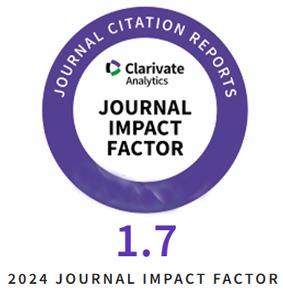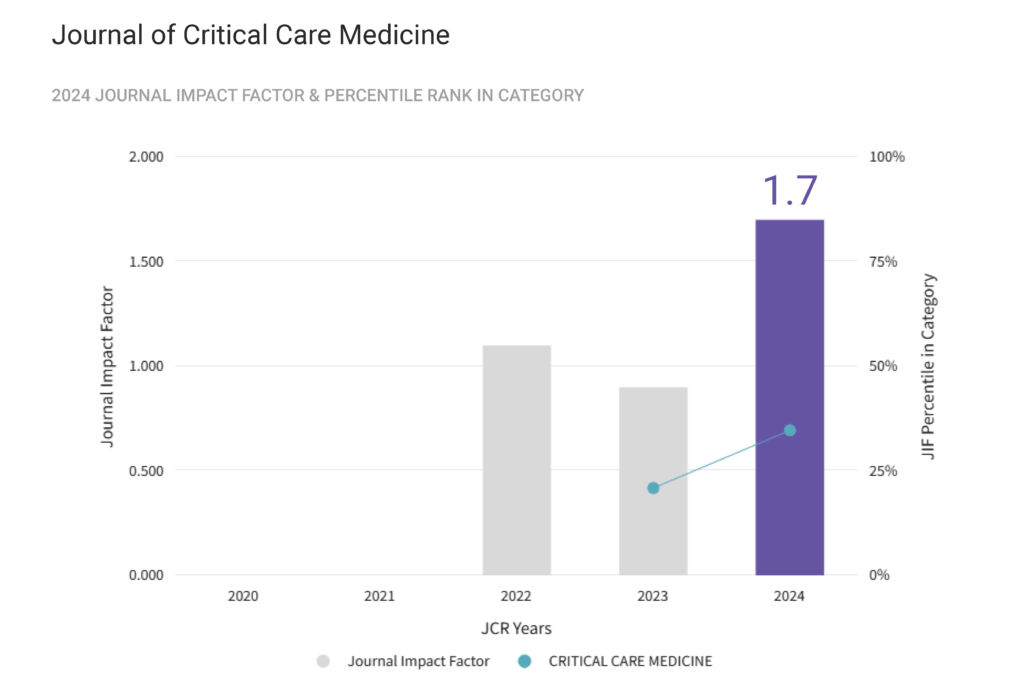Introduction: The coronavirus disease 2019 (COVID-19) has infected millions of people worldwide resulting in high morbidity and mortality. Obesity is known to cause metabolic derangements and precipitate worse outcomes from viral pneumonia, potentially secondary to increased inflammation and/or altered respiratory mechanics.
Aim of the Study: Our study’s aim was to examine the relationships among BMI, systemic inflammation, and respiratory mechanics in determining clinical outcomes.
Materials and Methods: This retrospective, observational cohort study included 199 adult patients with confirmed COVID-19 who were hospitalized at a quaternary-referral academic health system. Data were manually extracted from electronic medical records, including baseline demographics and clinical profiles, inflammatory markers, measures of respiratory mechanics, and clinical outcomes. We used the rank-sum test to compare the distributions of BMI and inflammatory markers between those with and without specific clinical outcomes, and the Pearson correlation to measure the correlations between BMI and inflammatory markers or respiratory mechanics.
Results: Higher BMI was associated with worse clinical outcomes, including the need for Intensive Care Unit (ICU) admission, invasive mechanical ventilation (IMV), neuromuscular blockade, and prone positioning, particularly in male patients. Inflammation, as measured by C-reactive protein, lactate dehydrogenase (LDH), ferritin, and D-Dimer, was also increased in both male and female patients who required ICU admission, IMV, neuromuscular blockade, and prone positioning. However, only male patients had a positive correlation of LDH and D-Dimer levels with BMI. There was no correlation between BMI and respiratory mechanics, as measured by static compliance and the response to prone positioning.
Conclusions: Our findings suggest that the metabolic dysfunction and systemic inflammation seen in obesity, and not dysfunctional respiratory physiology, drive the negative clinical outcomes seen in this cohort of hospitalized COVID-19 patients.
Tag Archives: inflammation
Let’s Talk About Sepsis
The current definition of sepsis is based on comparatively contemporary knowledge. However, the disease process is not fully understood and treatment still profoundly challenging. Definitions and guidelines have changed over the recent years, and clinicians are always interested to know what the new and current thoughts on the subject are.
Many papers have been published in the medical press, reporting on definitions, scores, models, cytokines, therapies, new trends, statistics, campaigns, including a sepsis anniversary day-which is not celebrating but fighting against sepsis. Together they signify the enormous interest in the subject.
The American College of Chest Physicians and the Society of Critical Care Medicine met in 1992 and gave the first definition of sepsis and associated organ failure [1]. Eleven years later, American intensivists met European intensivists to evaluate if there was a need for a new definition of sepsis [2]. [More]
Statins as Pleiotropic Modifiers of Vascular Oxidative Stress and Inflammation
Cardiovascular disease (CVD) is the leading cause of morbidity and mortality in the industrialized world and in the future is expected to be the number one killer worldwide. The main cause underlying CVD is atherosclerosis. A key event in atherosclerosis initiation and progression is oxidative stress through the production of reactive oxygen species as well as endothelial dysfunction. Several pro- inflammatory and anti-inflammatory cytokines and proteins are involved in this process, complemented by activation of adhesion molecules that promote leukocyte rolling, tethering and infiltration into the sub-endothelial space. Statins represent the agent of choice since numerous clinical trials have verified that their pharmacological action extends beyond lipid lowering. Statins demonstrate direct anti-oxidant effects by scavenging free radicals and stimulating anti-oxidant enzymes while acting as regulators for cytokine, protein and adhesion molecule expression, all of which are involved in the atherosclerotic process. Statin use is considered one of the most efficient currently used interventions in managing CVD with the likely hood of remaining so in the near future.










